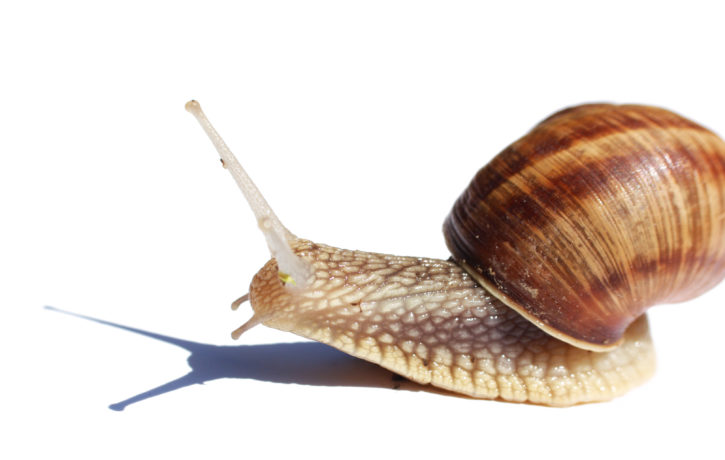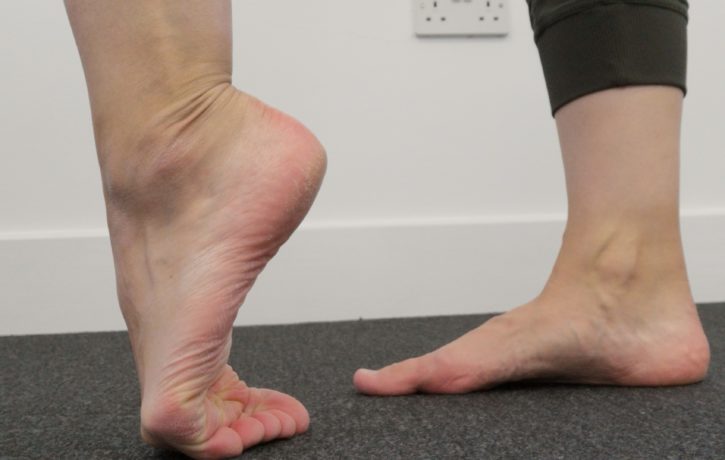We all know about pain. And we all can possibly agree that there are many different kinds of pain. We all experience all sorts of different kinds of pain throughout our life.
‘White coat syndrome’ is when, in a medical setting, people’s blood-pressure is higher than it would otherwise be in an alternative setting.
Training to run a marathon may feel like an extremely complicated feat and yet physiologically it is relatively simple.
Perhaps you know someone who has suffered from a slipped disc, or maybe you have been diagnosed with a herniated disc.
Although initially seen as a means of enabling smokers to move to a less-damaging activity, concerns about its effects on health are growing.
When I teach my Pilates classes we may speed things up a little here and there to pick up the energy and to explore moving in other tempos.
Pain in the neck has various causes, from traumatic whiplash to sitting at a computer for too long or driving for hours during work.
Forest bathing – a translation of the Japanese phrase ‘Shinrin yoku’ seems to be experiencing a growth in interest.
Exercising to keep our legs strong is something that many of us do. But how much do you look after the health and functionality of your feet?
I am a pillion on my husband’s motorbike. I realised many years ago that when he rides his bike, he is totally at one with the bike.










